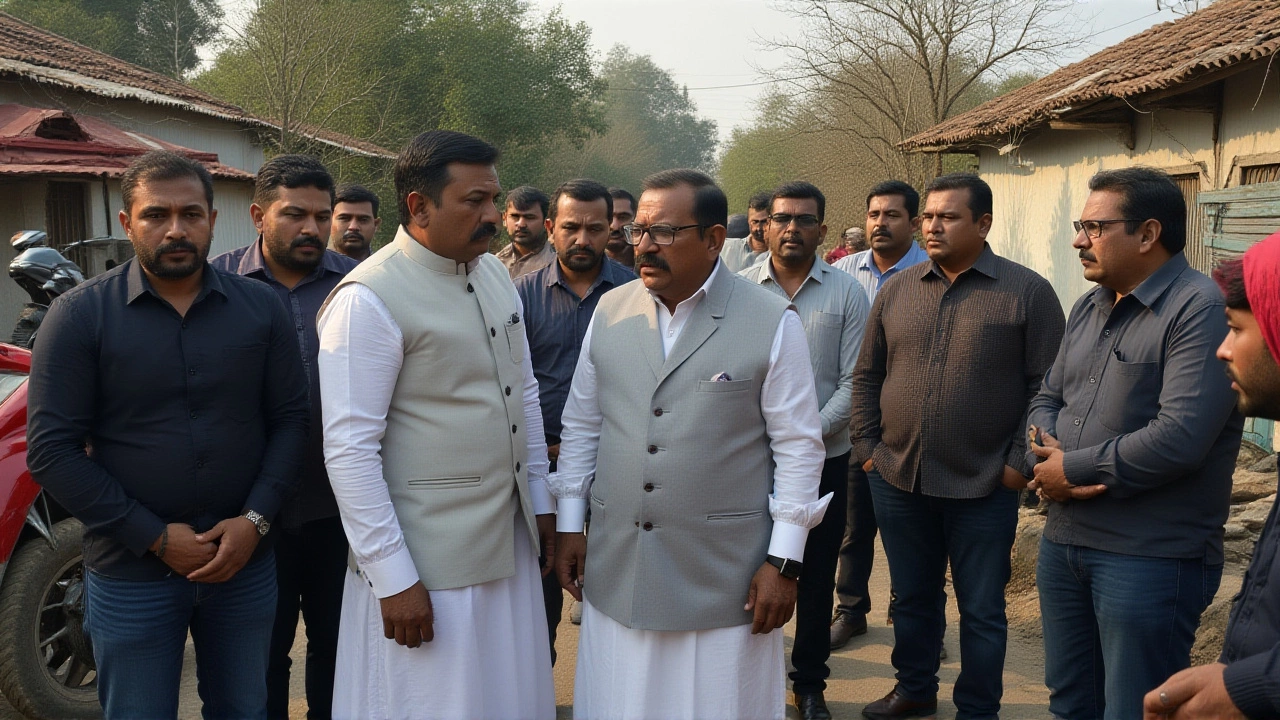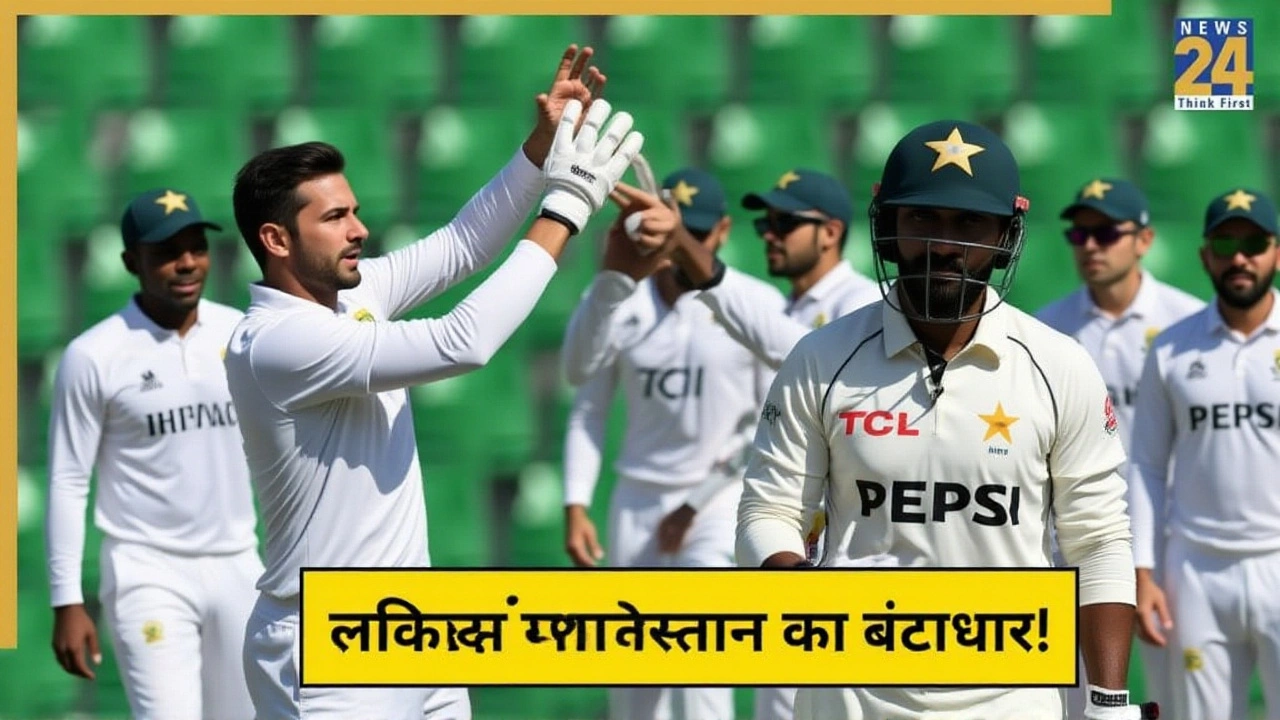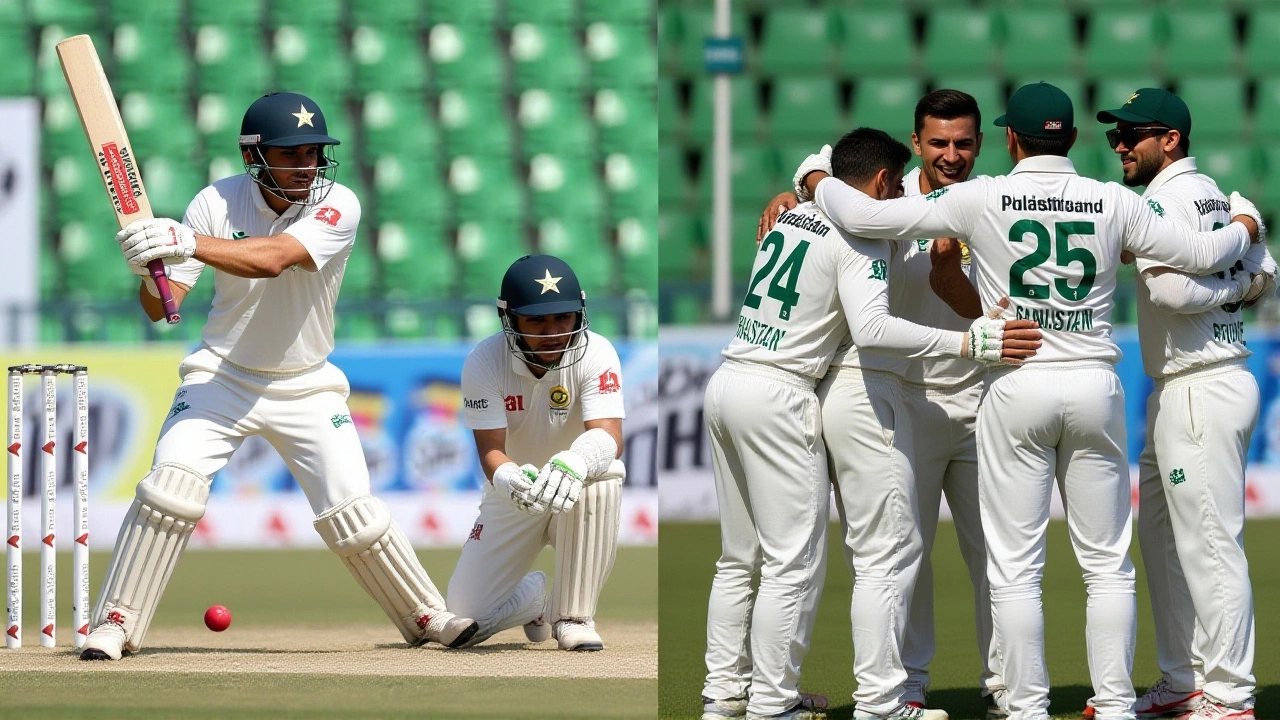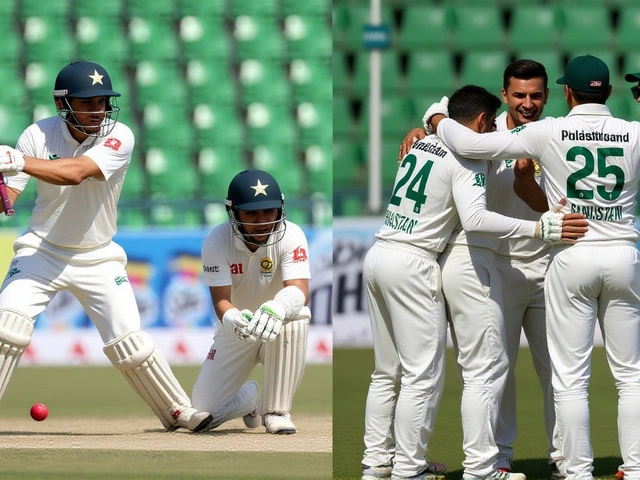When the final ball of the third ODI spiraled into the stands at Iqbal Stadium on November 8, 2025, Pakistan had completed a stunning 2-1 series win over South Africa — and sealed a comeback that felt like more than just cricket. The South Africa tour of Pakistan (Tests, ODIs & T20Is) 2025/26 wasn’t just a schedule of matches. It was a statement. After years of neutral venues, security fears, and empty stands in Pakistan, the country welcomed its fiercest rivals back with roaring crowds, electric nights, and a performance that reminded the world why this rivalry still matters.
A Series That Refused to Be Predictable
The tour began with a surprise. On October 12, at Gaddafi Stadium, Pakistan outplayed South Africa by 93 runs in the first Test, powered by Abrar Ahmed’s 4/27 in the second innings. The spin wizard didn’t just take wickets — he dismantled South Africa’s middle order with a mix of flight and turn that left even seasoned batters guessing. But the visitors responded with grit. In Rawalpindi, on October 20, South Africa chased down 284 with eight wickets to spare, thanks to a composed 89 from Matthew Breetzke in his first Test as captain. The series ended 1-1, a fair reflection of two evenly matched teams.The T20I leg was pure chaos. South Africa won the opener in Rawalpindi by 55 runs, their batting depth overwhelming Pakistan’s death bowling. Then came the turnaround. On October 31, at Gaddafi Stadium, Pakistan’s Babar Azam-led unit (with Shaheen Shah Afridi captaining his first ODI) crushed South Africa by nine wickets, with Mohammad Rizwan anchoring the chase like a veteran. The decider on November 1 was a nail-biter: Pakistan needed 140 to win, and South Africa’s final over collapse — three wickets for six runs — handed Pakistan the series 2-1.
ODI Drama: De Kock, Abrar, and the Ghost of the 264
The ODI series opened in Faisalabad on November 4, and it was clear this wasn’t going to be a formality. South Africa posted 263/9 in 49.1 overs, a total that looked defendable. But Pakistan, chasing with only eight wickets down, found a way. Saim Ayub, a 21-year-old opener making his first ODI series, smashed 62 off 71 balls. Salman Ali Agha added 62 of his own. The win came with four balls to spare — and Mohammad Rizwan, surprisingly, scored just 11. His absence from the scorecard raised eyebrows, but the team moved on.The second ODI was Quinton de Kock’s masterpiece. Facing 269, South Africa’s opener launched into Pakistan’s attack like a man possessed. His 123* off 119 balls — 14 fours, 5 sixes — was the most brutal innings of the tour. Nandre Burger’s 4/46 kept Pakistan in the game, but de Kock’s brilliance was unstoppable. South Africa won by eight wickets, leveling the series 1-1.
Then came the final act. On November 8, at the same Iqbal Stadium, Abrar Ahmed delivered the performance of his life. Bowling with surgical precision, he took 4/27 in 10 overs, reducing South Africa to 143/9 in 37.5 overs. No one else took more than one wicket. Pakistan’s chase? Effortless. Saim Ayub again, 77 off 70 balls. Captain Shaheen Shah Afridi, calm as ever, guided them home with seven wickets and 25.1 overs to spare. The crowd erupted. Not just for the win — for what it represented.

Why This Tour Mattered More Than the Scoreboard
This wasn’t just about wins and losses. For Pakistan, hosting a full bilateral series with South Africa — a team that had played its last ‘home’ match in Pakistan in 2009 — was a milestone. After years of matches in the UAE, Australia, and England, the return of international cricket to Pakistani soil signaled a new chapter. The PCB, under the official banner of tournament ID 1420, sold out all three venues. Fans came in droves. Children waved flags. Older men, who remembered the last time Pakistan hosted a full tour, wiped their eyes.For South Africa, the tour was a test of resilience. Three ODI debuts — Donovan Ferreira, Lhuan-dre Pretorius, Sinethemba Qeshile — showed they were investing in the future. Breetzke, 24, led his side with quiet authority. De Kock, though past his prime, still played like a man determined to leave a mark. And yet, it was Pakistan’s young guns — Ayub, Abrar, even 19-year-old Naseem Shah with 3/40 in the first ODI — who stole the show.
What’s Next? The Ripple Effect
This series has already changed the landscape. India and England are now openly discussing returning to Pakistan for bilateral tours in 2026. The ICC has flagged the tour as a model for safe, high-quality international cricket in the region. The PCB plans to host Australia in early 2026 — and if this tour is any indicator, the stands will be full.For South Africa, the message is clear: their players can thrive here. The pitches, the crowds, the pressure — it all works. And for Pakistan? They’ve proven they can not only host, but win.

Key Performers of the Tour
- Abrar Ahmed (Pakistan): 4/27 in 3rd ODI, 4/27 in 1st Test — the quiet assassin
- Quinton de Kock (South Africa): 123* in 2nd ODI, 53 in 3rd ODI — the veteran’s final flourish
- Saim Ayub (Pakistan): 77 in 3rd ODI, 62 in 1st ODI — the breakout star
- Shaheen Shah Afridi (Pakistan): First ODI captaincy, led by example with 3/40 in 1st ODI
- Nandre Burger (South Africa): 4/46 in 2nd ODI, 1/29 in 3rd ODI — the unsung workhorse
Frequently Asked Questions
How did Pakistan manage to win the ODI series despite South Africa’s strong batting?
Pakistan’s spin attack, led by Abrar Ahmed, was the difference. Ahmed’s 4/27 in the decider restricted South Africa to just 143, while Pakistan’s young openers — especially Saim Ayub — handled pressure brilliantly. South Africa’s top order faltered in the final two ODIs, failing to adapt to the slower pitches and aggressive field placements. The home team’s fielding also improved dramatically after the first match.
Why was Mohammad Rizwan absent from key scorecards?
Rizwan, Pakistan’s regular ODI opener, was dropped for the 1st ODI due to poor form in the preceding T20Is. He returned for the 2nd ODI but scored only 11. His absence from the 3rd ODI scorecard suggests a tactical shift — Pakistan prioritized aggressive openers like Ayub and Abdullah Shafique over anchoring. This decision paid off, but his future in the side remains uncertain.
What does this tour mean for future cricket in Pakistan?
This series is a turning point. With full crowds, zero security incidents, and positive feedback from South African players, the PCB is now in talks with Australia and England for 2026 tours. The ICC has called it a "blueprint for safe international cricket in Pakistan." Neutral venues may soon become a thing of the past for Pakistan’s home series.
Who were the standout debutants on the tour?
Saim Ayub (Pakistan) and Donovan Ferreira (South Africa) were the most impactful. Ayub scored 139 runs in three ODIs, including a match-winning 77 in the decider. Ferreira, 22, took 5 wickets in the series and showed nerve under pressure. Lhuan-dre Pretorius and Sinethemba Qeshile also impressed with their discipline, though their impact was more subtle.
Did weather or pitch conditions affect the results?
Yes. Lahore’s pitch favored spin early, helping Abrar Ahmed. Rawalpindi’s surface was flat, aiding batters in the T20Is. Faisalabad’s Iqbal Stadium, however, turned slower with each game — ideal for Pakistan’s spinners. The 3rd ODI pitch had visible cracks by day three, making batting increasingly difficult. South Africa’s top order struggled to adapt, while Pakistan’s spinners thrived.
How does this series compare to previous South Africa tours in Pakistan?
The last full bilateral series before this was in 2007, when South Africa won 2-1 in ODIs. Back then, matches were played under heavy security, with minimal fan turnout. This 2025 tour had packed stadiums, night matches with full lighting, and no restrictions. The atmosphere was electric — a world away from the ghost-town feel of the past. It’s not just a cricket win; it’s a cultural reset.


